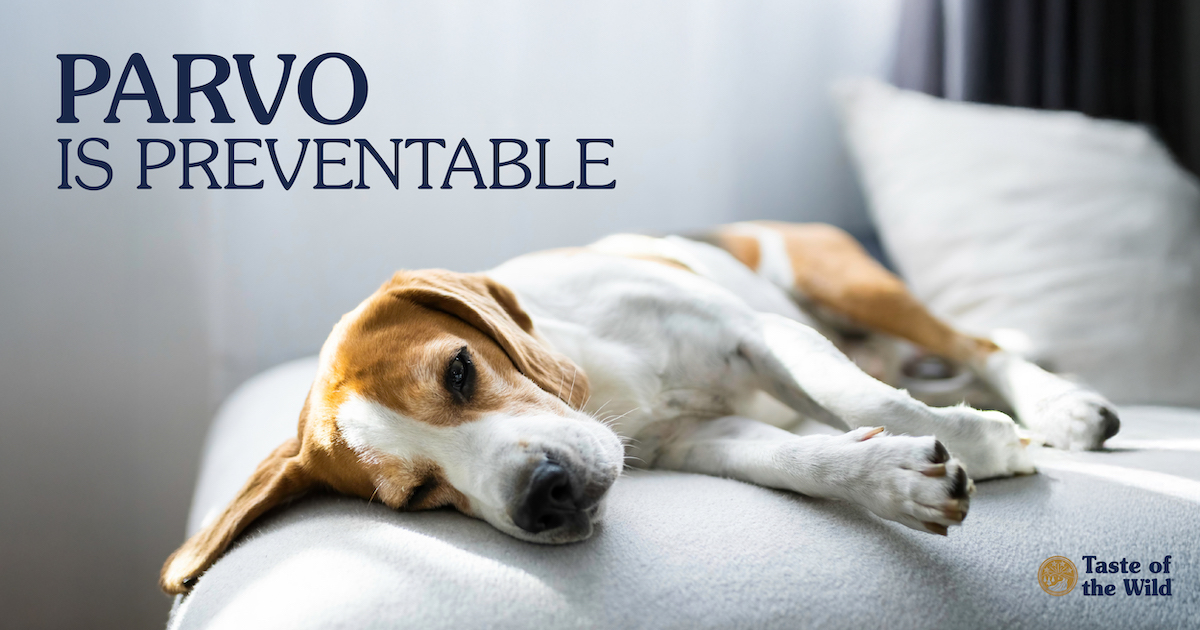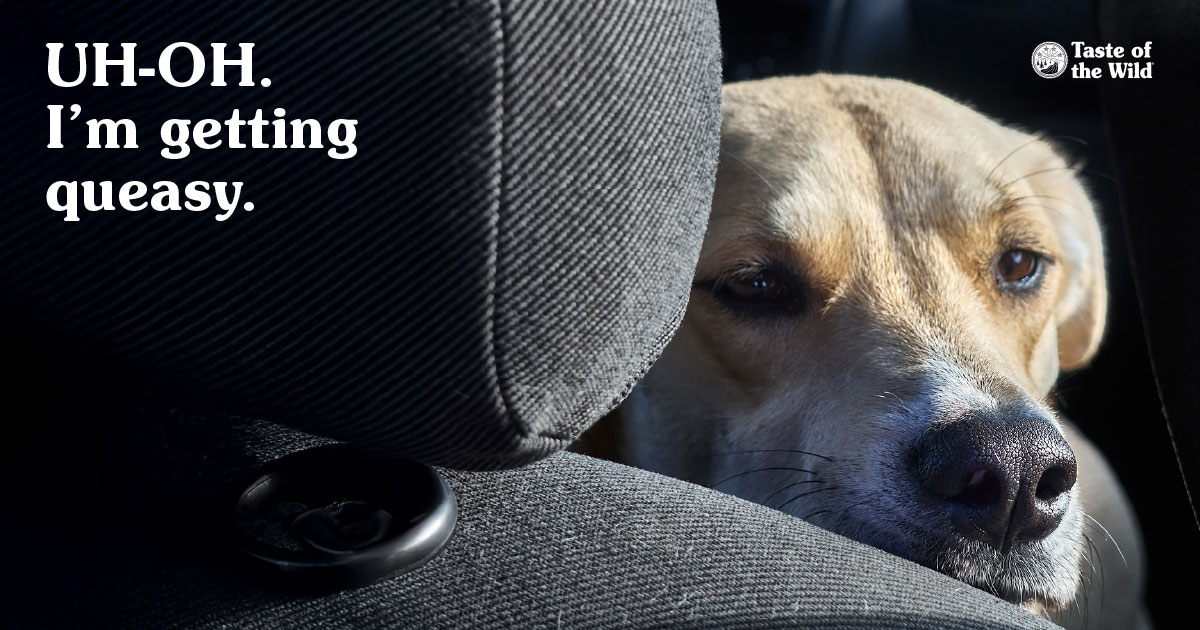Are Small Dogs More Prone to Dental Disease?
Thursday, February 4, 2021 | Health

Periodontal disease is the most common health condition in dogs. By two years of age, about 80 percent of dogs are estimated to have some form of it, and the risk for periodontal disease continues to grow with age. But evidence also shows that small and toy breed dogs like dachshunds and pugs are more likely to experience dental disease than larger dogs — and it may happen at an earlier age.
Periodontal disease can be painful and negatively impact your dog’s health. It starts when a sticky, bacteria-laden material called plaque forms on the tooth surface. Within about 48 hours, plaque hardens into tartar, which typically can’t be removed with a toothbrush. Bacteria can invade the gum tissue, causing inflammation and destruction of the tooth-supporting structures, leading to tooth loss. Bacteria can also enter the bloodstream and impact other organs such as the heart.
Since smaller dogs may be more at risk for dental disease, it’s a good idea for owners of small dogs to start dental care early and seek veterinary help if dogs exhibit signs such as bad breath, inflamed or bleeding gums, loose or discolored teeth, difficulty eating or nasal discharge.
Why small breeds?
No one is sure why, exactly, smaller dogs appear to be more prone to dental disease. But it’s generally believed that the more compact heads and jaws of smaller dogs can lead to overcrowding of the teeth, meaning there is less space between the teeth and more places where food can lodge and collect bacteria.
It’s common for small dogs to retain baby teeth, which is one potential cause of overcrowding. If baby teeth aren’t shed naturally, two teeth inevitably squeeze into the space meant for a single tooth. Retained baby teeth should be professionally removed to free up space.
Small brachycephalic breeds, or dogs with flattened faces, such as pugs, Boston terriers and Pekingese, are likely to have teeth crowding as well as bite abnormalities. Their abbreviated jaws require the same number of teeth to fit into an even smaller space, leading to tooth rotation and crowding. Bite abnormalities, such as an underbite, can result in tooth and gum tissue damage.
Help protect your small dog
The best way to help prevent dental disease is to start with a visit to your veterinarian. He or she can examine your dog’s mouth and advise whether a professional cleaning and exam is needed. The cleaning will remove tartar from the visible part of the tooth as well as under the gumline.
The doctor will be able to examine each tooth and look for pockets and other abnormalities. Dental X-rays can help determine if there’s trouble under the gums. If necessary, teeth may be extracted to relieve pain or create more space.
The veterinary staff can also show you how to brush your dog’s teeth. Removing plaque on a daily basis, before it hardens into tartar, can help maintain dental health and potentially extend the time between veterinary dental cleanings.
The key is to gradually accustom your dog to the procedure and provide lots of treats and praise. In the first few sessions, gently rub under your dog’s chin and touch the muzzle. Gradually work up to touching the lips and rubbing along the gums. Next, add a bit of pet toothpaste to the tip of your finger. Then gradually transition to a finger brush or small child’s toothbrush.
You can also find dental care products that support dental health, including dental diets, dental chews, water additives, oral gels and sprays. Just look for the Veterinary Oral Health Council (VOHC) seal of approval, which tells you that the products have been proven to reduce plaque and tartar.
The information in this blog has been developed with our veterinarian and is designed to help educate pet parents. If you have questions or concerns about your pet’s health or nutrition, please talk with your veterinarian.




